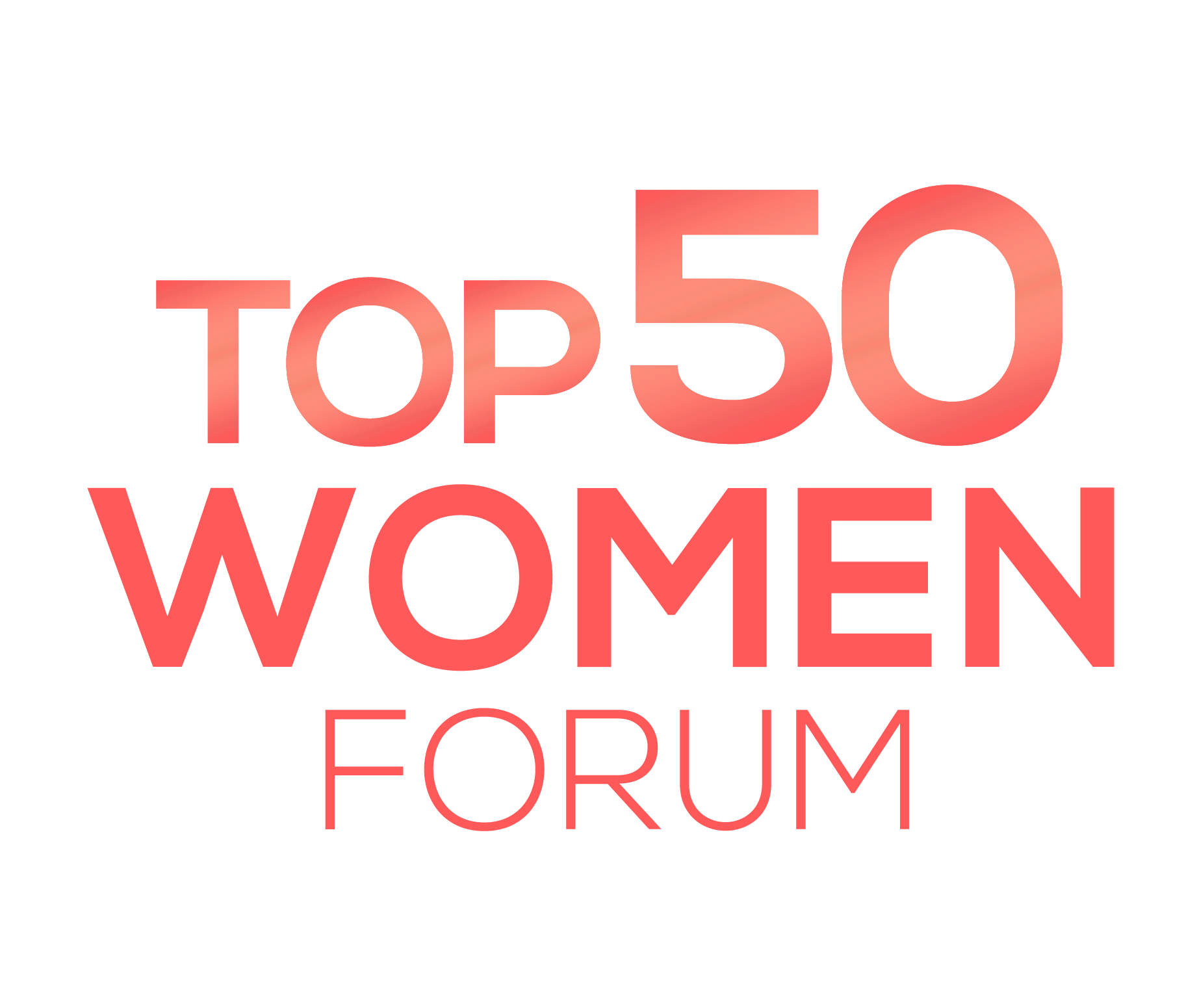Saudi Arabia is witnessing a remarkable surge in female workforce participation, driven by progressive government policies, improved educational opportunities, and a more inclusive cultural environment. This significant shift has propelled the Kingdom well beyond its ambitious Vision 2030 targets, according to a recent S&P Global report.
Both the government and private sector have played pivotal roles in empowering women and fostering a more equitable workplace. Legal reforms, diversity initiatives, and awareness campaigns have created a conducive environment for women to enter and excel in various fields.
The Kingdom’s efforts align with its broader goal of promoting gender equality and encouraging greater female participation in the economy. This development comes as the Gulf Cooperation Council (GCC) experiences unprecedented momentum in women’s workforce participation.
According to the World Bank, the female labor force participation rate in Saudi Arabia currently stands at 34.5 percent, compared to 79.9 percent for males. Anne-Laure Malauzat, a partner at Bain & Co., noted that this figure has surpassed the initial target of 30 percent, prompting the Kingdom to set a new goal of 40 percent by 2030.
Government initiatives, such as the Vision 2030 Human Capability Development Program and the Quality of Life Program, have been instrumental in empowering women and promoting their participation in the workforce. Additionally, private sector companies like Red Sea Global have made significant strides in creating inclusive work environments and fostering female leadership.
A recent S&P Global report suggests that Saudi Arabia’s economy could receive a substantial boost of $39 billion by 2032 if the current rate of female workforce participation continues. The Kingdom’s commitment to empowering women and creating a diverse and inclusive work environment is essential for achieving its ambitious economic and social goals.




